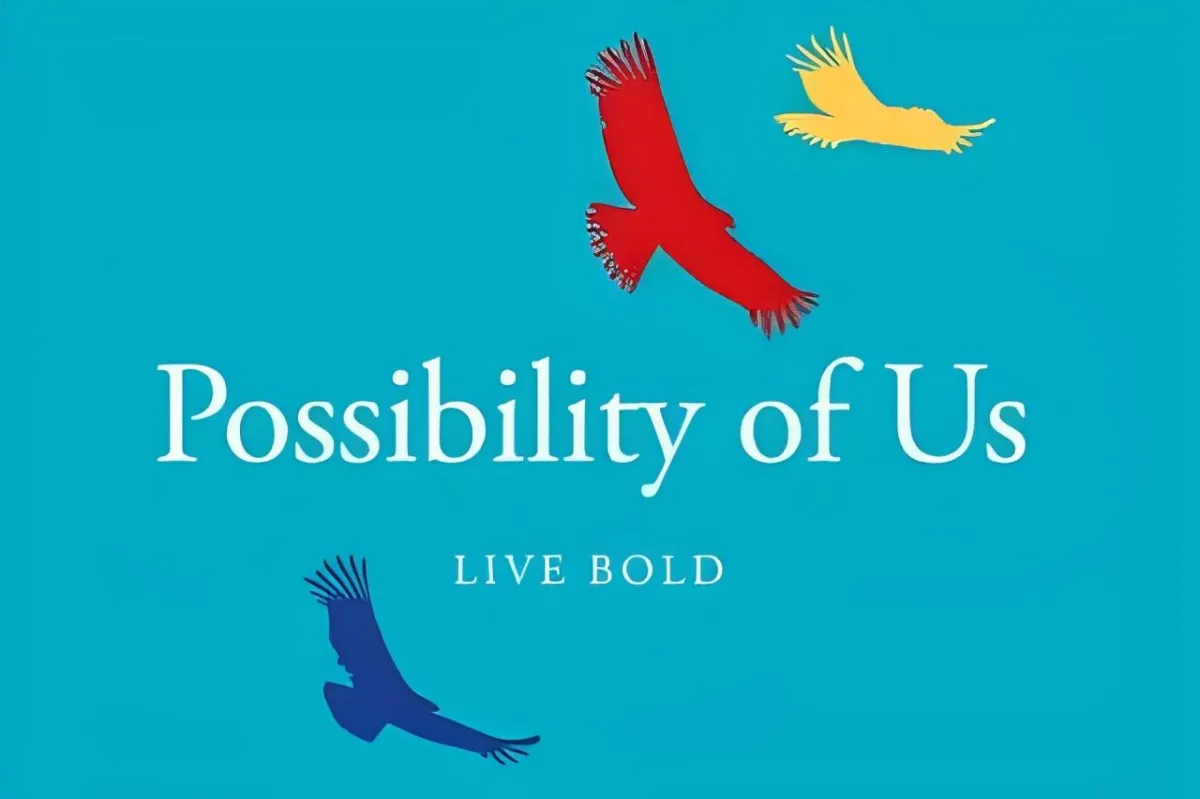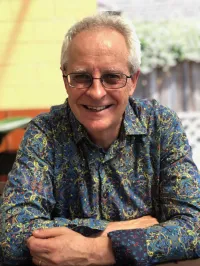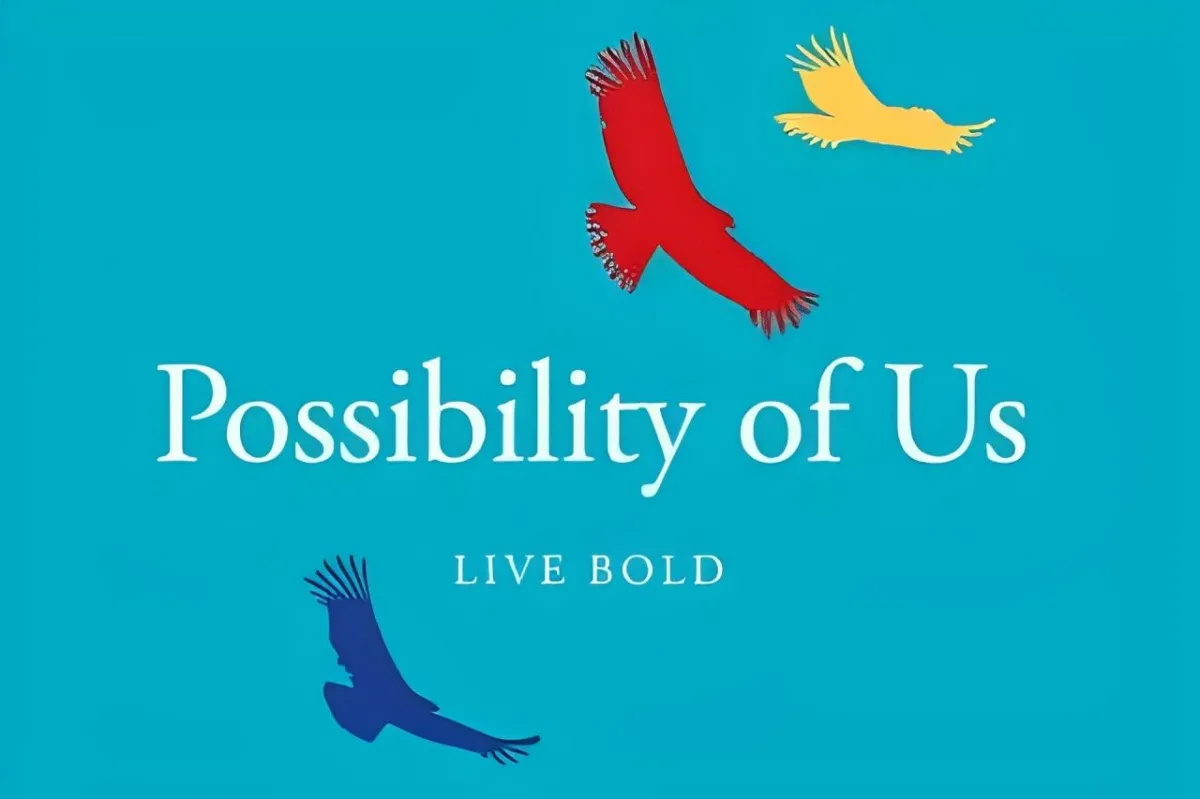See Our Latest Blogs- Coming Soon

Why changing careers and taking risks feels so hard
Why Changing Careers and Taking Risks Feels So Hard
"The cave you fear to enter holds the treasure you seek."
— Joseph Campbell
Do you hate Monday mornings? After a restless sleep you drag yourself out of bed and brace for another week in a job that is slowly crushing your spirit.
If so you are not alone. According to a 2024 Gallup State of the Workplace Report, around 75 percent of employees worldwide are either indifferent to or disengaged from work.
The report revelaed a number of factors for diswengagment, including poor leadership and management, lack of purpose, lack of recognition and autonomy, a toxic culture poor pay and a mismatach of role and strengths.
Does any of this sound like you? Are you thinking you need a change but the thought of resigning makes you feel a little queasy? I mean, you’ve got a mortgage, a family, increasing cost of living expenses. You’ve got security and stability and a degree of control over your life — of course we kid ourselves if we think we’re ever in total control. Now is not the time. Better to stay put. Right?
At this point the greatest risk to your wellbeing is inaction. But this is what your brain would have you do. Steady as she goes. You see, your brain is wired to fight change, cling to the familiar, and overestimate the dangers of risk. That’s why so many people stay stuck in careers that no longer serve them.
Understanding the neuroscience behind this resistance is the first step to breaking free.
Changing careers isn’t just a practical decision — it’s a neurological showdown. Here’s why:
Your brain craves predictability. It runs on routine, and disruption feels unsafe.
The amygdala sounds the alarm. This part of the brain exaggerates threats, making risk loom larger than reward.
Habits are hardwired. The basal ganglia rewards you with dopamine for doing the same old things — not for trying something new.
You fear loss more than gain. Neuroscience shows we’re twice as sensitive to potential losses as we are to possible wins.
Identity is sticky. If you’ve been “the accountant” or “the engineer” for 20 years, your brain has built deep grooves around that identity.
But here’s the twist: the same brain that resists change is also capable of extraordinary reinvention. Thanks to neuroplasticity, you can reshape your identity, rewire your habits, and step into a career that feels energizing instead of draining. You can reconstruct your reality.
That’s why this matters: knowing what’s going on in your brain helps you work with it instead of against it. And that makes change possible.
Key Steps to Finding More Meaningful, Purposeful Work
1. Pause and Reflect on Your Inner Drivers
The default mode network (DMN) lights up during reflection and autobiographical thinking — crucial for clarifying identity and purpose.
Practice journaling, meditation, or guided self-reflection. Ask:
What energizes me?
What drains me?
When have I felt most “alive” at work?
Honor your wholeness. Don’t just ask “what skills do I have?” but also “what parts of myself want to be expressed?”
2. Clarify Your Values and “North Star”
Acting in alignment with values activates reward circuits (ventral striatum), reducing cognitive dissonance and stress.
Try a values-clarification exercise (list 10 values → narrow to top 3). Notice where your current work aligns or conflicts.
Purpose is evolutionary, not fixed. Ask, what is life asking of me now?
3. Explore Your Strengths
Using natural strengths produces “flow states” (dopamine, norepinephrine, and endorphins working in harmony).
Take a strengths inventory (e.g., VIA, CliftonStrengths), or simply reflect: “What do people thank me for?”
Rather than fitting into rigid roles, explore role-crafting: how your unique gifts could serve evolving needs.
4. Experiment and Prototype
Novel experiences boost brain-derived neurotrophic factor (BDNF), supporting learning and plasticity. Small experiments reduce amygdala-driven fear.
Instead of a risky leap, design “safe-to-fail” experiments:
Volunteer projects
Side hustles
Shadowing or informational interviews
Think of this as sensing and responding rather than predicting. Purpose emerges in action.
5. Seek Connection and Mentorship
Oxytocin and dopamine circuits are activated through belonging, support, and mentorship. This buffers fear and uncertainty.
Join networks aligned with your interests (professional groups, purpose-driven communities). Ask mentors, “When did you know your work was meaningful?”
Collective intelligence often reveals your blind spots. Purpose is rarely found alone.
6. Address Practical Foundations
Chronic stress (cortisol) narrows your ability to imagine possibilities. Security (financial, relational) reduces “survival brain” activation and frees energy for creativity.
Build a transition safety net — savings buffer, part-time bridge roles, supportive relationships.
Create conditions for emergence: when survival needs are stabilized, purpose has room to breathe.
7. Reframe Fear and Risk
The amygdala exaggerates threat. But reframing activates prefrontal cortex circuits that regulate fear.
Instead of “What if I fail?” ask “What might I learn?” or “What’s the best that could happen?”
At this level of consciousness, fear is information, not an enemy. It signals the edge of growth.
8. Commit to Lifelong Iteration
Neuroplasticity continues throughout life. Purpose is dynamic, not static.
Practice: Regularly check-in with your “why.” Ask quarterly: Is what I’m doing still aligned?
Purpose evolves. It’s not about arriving, but dancing with emergence.
Closing Thought
Finding purposeful work isn’t a single “aha!” moment — it’s a practice of listening inward, experimenting outward, and adjusting continuously. Neuroscience shows that meaning activates reward circuits and buffers stress; Teal consciousness shows us that meaning is co-created with others and evolves over time.
The next step isn’t to quit everything tomorrow. It’s to take one small, deliberate action today that moves you closer to alignment. Purpose is discovered in motion.
"You are never too old to set another goal or to dream a new dream."
— C.S. Lewis
If you’re thinking about a career change but not sure how to go about it let’s start a conversation: https://calendly.com/phil-voysey/life-design-coaching
Phil is a Life Design Coach and Facilitator and is the author of:
Ageing (dis)Gracefully: How to Flourish in the Second Half of Life – Buy in Australia
Workbook: Meaning, Vitality and Joy in the Second Half of Life – Download here
What others are saying
Education. Inspiration. Transformation.
Empowering you to flourish in the second half of life with the tools, experiences, and support to create lasting change.
© 2025 Possibility of Us - All Rights Reserved


